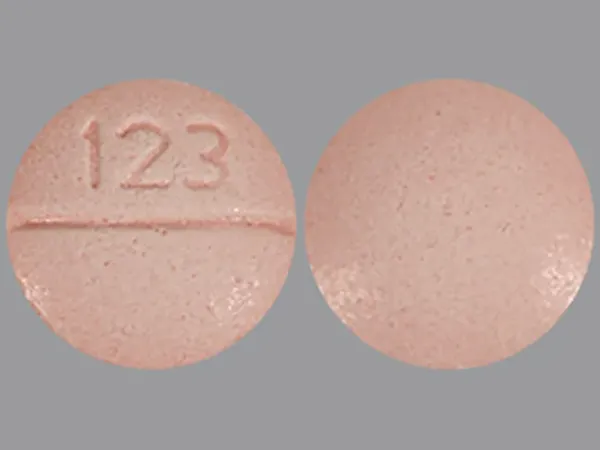Carbidopa Disease Interactions
There are 5 disease interactions with carbidopa.
Carbidopa (applies to carbidopa) glaucoma
Major Potential Hazard, Moderate plausibility. Applicable conditions: Glaucoma (Narrow Angle)
Carbidopa-levodopa products are contraindicated in patients with narrow-angle glaucoma.
Carbidopa (applies to carbidopa) depression
Moderate Potential Hazard, Moderate plausibility.
Caution and observation is recommended when treating patients with carbidopa, as depression with concomitant suicidal tendencies may develop or be exacerbated.
Carbidopa/levodopa (applies to carbidopa) sleep disorders
Moderate Potential Hazard, Moderate plausibility.
Patients treated with products containing carbidopa and levodopa report excessive somnolence and falling asleep while engaged in daily activities, sometimes with no warning sign of drowsiness. Advise patients about the risks, especially those suffering from sleep disorders or using concomitant sedating medications.
Dopamine agonists (applies to carbidopa) hypotension
Moderate Potential Hazard, Moderate plausibility.
Dopamine agonists may impair the systemic regulation of blood pressure, with resultant orthostatic hypotension at any time, but especially during dose escalation. Additionally, patients with Parkinson's disease may have an impaired capacity to respond to an orthostatic challenge. For these reasons, patients with Parkinson's disease (or restless legs syndrome) who are being treated with dopaminergic agonists typically require careful monitoring for signs/symptoms of orthostatic hypotension, especially during dose escalation, and should be advised of this risk.
Dopaminergic antiparkinsonian agents (applies to carbidopa) psychosis
Moderate Potential Hazard, Moderate plausibility.
Ordinarily, patients with major psychotic disorder should not be treated with dopaminergic antiparkinsonian agents, because of the risk of exacerbating psychosis. Hallucinations and psychotic-like behavior have been reported with dopaminergic medications. In addition, certain medications used to treat psychosis may exacerbate the symptoms of Parkinson's disease and may decrease the effectiveness of these drugs. The use of bromocriptine in patients with severe psychotic disorders is not recommended.
Switch to professional interaction data
Carbidopa drug interactions
There are 3 drug interactions with carbidopa.
More about carbidopa
- carbidopa consumer information
- Check interactions
- Compare alternatives
- Pricing & coupons
- Drug images
- Side effects
- Dosage information
- During pregnancy
- Drug class: dopaminergic antiparkinsonism agents
- En español
Related treatment guides
Drug Interaction Classification
| Highly clinically significant. Avoid combinations; the risk of the interaction outweighs the benefit. | |
| Moderately clinically significant. Usually avoid combinations; use it only under special circumstances. | |
| Minimally clinically significant. Minimize risk; assess risk and consider an alternative drug, take steps to circumvent the interaction risk and/or institute a monitoring plan. | |
| No interaction information available. |
See also:
Further information
Always consult your healthcare provider to ensure the information displayed on this page applies to your personal circumstances.


